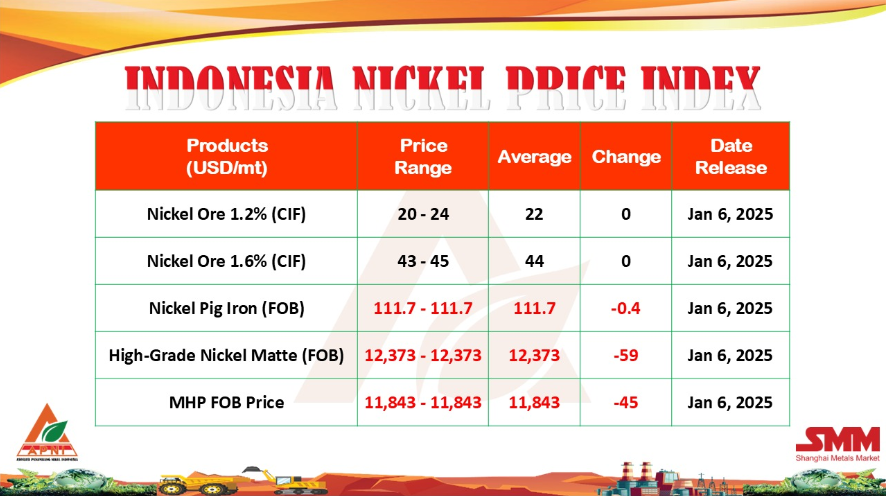[ferro-alloys.com]The US Environmental Protection Agency’s (EPA) internal watchdog is launching a probe into the permitting process for PolyMet Mining’s planned $1 billion copper-nickel mine in Minnesota, amid doubts the project really complies with Clean Water Act requirements.
According to documents released late Thursday, EPA staff scientists voiced their concerns about key permits for the NorthMet project issued by the Minnesota Pollution Control Agency (MPCA) in late 2018.
The agency, however, granted the PolyMet water pollution and air permits for its project, set to become the state’s first copper-nickel mine, after reviewing EPA’s comments and concerns, advocacy group and opponent to the mine, WaterLegacy, said in a statement.
EPA’s objections were made public following a lawsuit filed in February by Public Employees for Environmental Responsibility on behalf of WaterLegacy, which sought to uncover the documents showing the agency warned the MPCA the draft licences lacked water-quality-based effluent limitations.
PCA spokesperson Darin Broton said the final permits include clear caps on pollutants present in water discharge.
“Similar to other complex projects, the MPCA and EPA had frequent conversations during the entire permitting process to discuss technical items,” Broton said in a statement. “Based on those conversations, as well as other comments received from the public during the official comment period, the MPCA made substantive changes to the draft permit, including additional operating limits for arsenic, cobalt, lead, nickel, and mercury; and new language was added that clearly states that the discharge must not violate water quality standards. That’s why EPA did not object to the MPCA’s final permit.”
NorthMet is not the only project having a hard time to move forward in Minnesota. Chilean miner Antofagasta (LON:ANTO), through its subsidiary Twin Metals, is facing concerns from locals about the risks its proposed underground copper-nickel mine and processing facility along the shores of Birch Lake and the South Kawishiwi River, which lie in the Rainy River watershed, would carry.
Last month, more than two dozen former US Forest Service staffers sent a letter to the government, outlining their worries.
“Irrefutable scientific studies and all of our experience tell us that in this extremely valuable, water-rich and highly interconnected place you simply cannot have both copper mining and healthy forests, water and communities,” the letter, addressed to U.S. Agriculture Secretary Sonny Perdue, who oversees the Forest Service, and Interior Secretary David Bernhardt, reads.
“Speculation about the impact of a potential mine at this time, before a proposal has even been submitted, is just that — speculation,” the company said in a statement sent to MPRNews.
Meanwhile, a coalition of businesses, environmental advocates and outdoor recreation groups of Minnesota, are challenging the Trump administration’s reversal of an Obama-era decision blocking all new mining projects within the watershed where Antofagasta’s mine would be for 20 years.
(Mining.com)
- [Editor:王可]



 Save
Save Print
Print Daily News
Daily News Research
Research Magazine
Magazine Company Database
Company Database Customized Database
Customized Database Conferences
Conferences Advertisement
Advertisement Trade
Trade














 Online inquiry
Online inquiry Contact
Contact

Tell Us What You Think